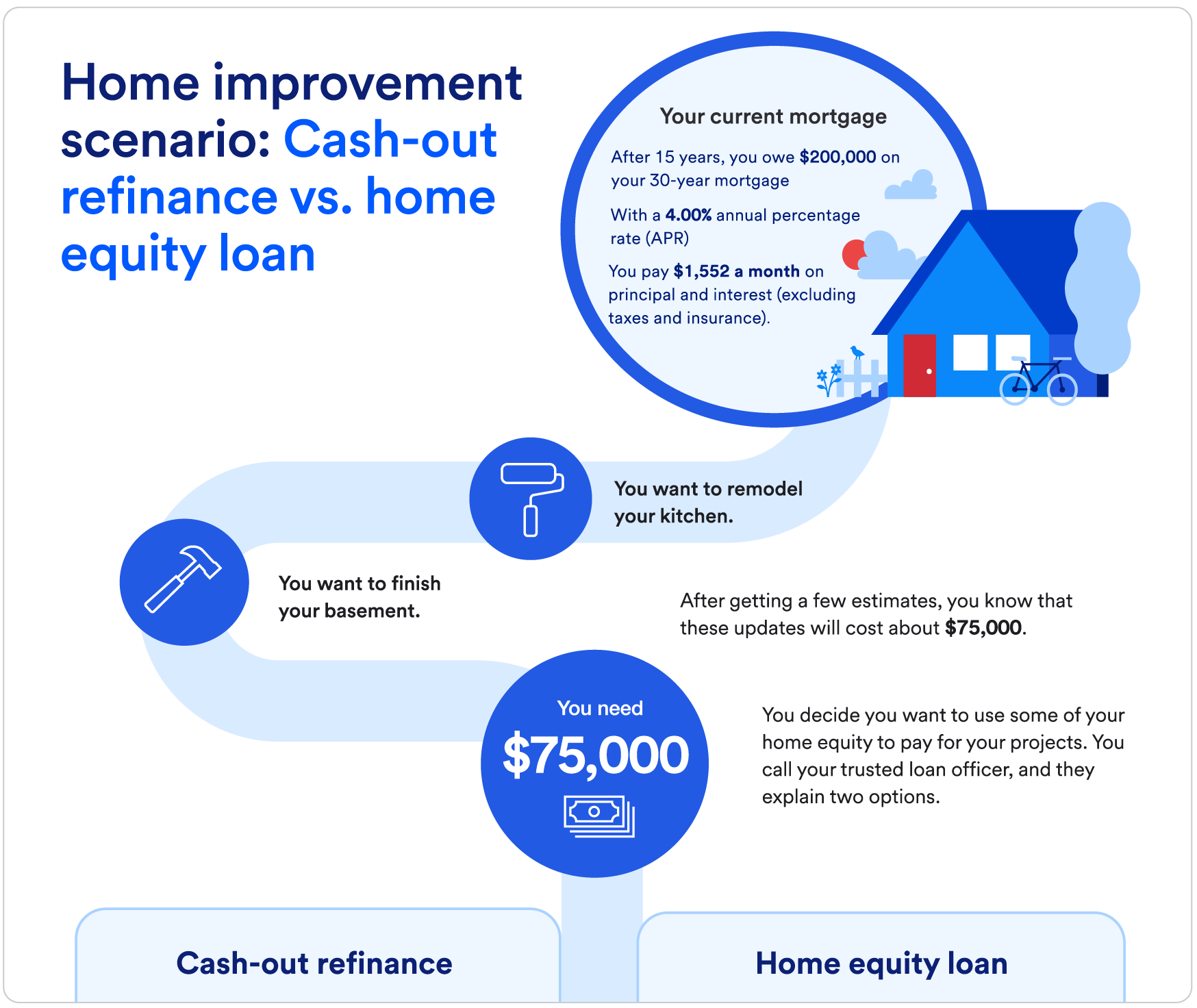Equity Release Mortgages Explained for New Users
Equity Release Mortgages Explained for New Users
Blog Article
Discovering the Different Sorts Of Equity Release Mortgages Available Today
Equity Release home mortgages present different options for home owners aged 55 and over. equity release mortgages. These financial items provide to various requirements and preferences, allowing individuals to accessibility funds from their property. From life time home loans to common appreciation home mortgages, each kind offers distinct advantages. Comprehending these alternatives is vital for making notified choices. What elements should one think about when selecting the most suitable equity Release strategy? The details that adhere to might shed light on this vital topic
Comprehending Equity Release Mortgages
Equity Release home mortgages provide house owners, typically those aged 55 and over, with a means to access the worth connected up in their residential property without needing to offer it. This economic alternative allows individuals to transform a part of their home equity right into cash money, which can be utilized for different purposes, such as home improvements, repaying debts, or funding retirement.Equity Release can take different types, however it fundamentally involves borrowing against the worth of the home while retaining ownership. Property owners can pick to get a round figure or a series of smaller sized repayments, relying on their monetary requirements and preferences.Additionally, the amount readily available for Release is influenced by the property's value, the property owner's age, and specific loan provider requirements. On the whole, understanding equity Release home mortgages is crucial for home owners to make educated choices about using their home's equity while thinking about the long-term ramifications.
Life time Mortgages
Lifetime home mortgages stand for one of one of the most preferred forms of equity Release. This economic item permits homeowners, generally aged 55 or older, to obtain versus the value of their building while keeping possession. The lending, which is safeguarded against the home, accumulates rate of interest in time but does not need monthly repayments. Instead, the funding and built up interest are repaid when the home owner dies or relocates right into long-lasting care.Lifetime mortgages use versatility, as customers can select to get a round figure or choose for a drawdown facility, accessing funds as needed. Significantly, several strategies included a no-negative-equity assurance, making certain that borrowers will certainly never ever owe more than the worth of their home. This attribute offers comfort, permitting individuals to enjoy their retired life without the worry of diminishing their estate. Overall, lifetime home loans function as a viable alternative for those seeking financial backing in later life.
Home Reversion Program

Drawdown Lifetime Mortgages
While many homeowners look for methods to access their wide range, drawdown lifetime home mortgages provide a flexible choice that enables people to Release funds progressively. This kind of equity Release home loan allows homeowners to obtain versus the worth of their residential property while retaining possession. Unlike typical lifetime home mortgages, drawdown plans allow consumers to access a portion of their equity upfront and withdraw added funds as needed, as much as an established limit.This feature can be specifically helpful for those that wish to manage their funds very carefully, as it minimizes rate of interest build-up by just charging interest on the amounts attracted. In addition, drawdown life time home mortgages often feature a "no negative equity assurance," guaranteeing that borrowers will never owe more than their home's worth. This choice fits retired people who want monetary safety and adaptability, permitting them to fulfill unforeseen expenditures or keep their lifestyle without having to offer their home.
Improved Life Time Mortgages
Improved Life time Mortgages offer distinctive benefits for qualified house owners looking for to Release equity from their residential properties. Comprehending the eligibility requirements is important, as it establishes who can gain from these specialized finances. It is likewise vital to evaluate the potential disadvantages connected with boosted options, ensuring a well-rounded perspective on their usage.
Qualification Criteria Clarified
Recognizing the eligibility requirements for Boosted Life time Mortgages is essential for potential candidates seeking to access the equity in their homes. Typically, applicants must be aged 55 or older, as this age requirement is common in the equity Release market. Homeowners ought to have a home valued at a minimum limit, which can differ by loan provider. Significantly, the home should be their key residence and in excellent condition. Lenders typically examine the house owner's health standing, as certain wellness conditions may improve eligibility and benefits. Additionally, candidates need to not have existing significant additional reading financial obligations safeguarded versus the residential property. Satisfying these requirements allows individuals to check out Improved Lifetime Home loans as a viable alternative for accessing funds bound in their homes.
Advantages of Enhanced Home Loans
After making clear the eligibility requirements, it comes to be evident that Boosted Life time Home loans provide several considerable advantages for homeowners seeking to leverage their home equity. Primarily, they offer accessibility to a bigger financing amount compared to conventional life time mortgages, profiting those with wellness conditions or age-related elements that raise their life span risk. This improved borrowing capacity enables property owners to fulfill different monetary demands, such as home improvements or retirement costs. In addition, these home mortgages generally come with adaptable settlement options, making it possible for borrowers to handle their financial resources more properly. The no-negative-equity guarantee further ensures that house owners will never ever owe greater than their building's worth, supplying tranquility of mind. In General, Enhanced Life time Mortgages offer an engaging alternative for eligible home owners looking for monetary remedies.
Prospective Downsides Thought About
While Enhanced Lifetime Home loans supply countless benefits, possible downsides call for cautious factor to consider. One substantial worry is the effect on inheritance; the equity released lowers the value of the estate left to recipients. Furthermore, these mortgages can accumulate significant passion gradually, bring about a substantial financial debt that might surpass the original loan amount. There might also be limitations on residential property adjustments or rental, restricting homeowners' adaptability. Improved products often need specific health and wellness conditions, implying not all homeowners will qualify. Handling the costs and fees associated with these home mortgages can be complex, potentially leading to unexpected prices. Therefore, individuals need to completely assess their circumstance and speak with financial consultants before continuing.
Shared Gratitude Home Loans
Shared Gratitude Mortgages stand for a special monetary arrangement that enables property owners to gain access to equity while sharing future home worth raises with the loan provider. This approach supplies prospective benefits such as reduced month-to-month repayments, yet it likewise comes with downsides that have to be meticulously taken into consideration. Comprehending the eligibility demands is necessary for those interested in this choice.
Principle Summary
Equity Release mortgages, particularly in the form of shared admiration home mortgages, offer homeowners an unique economic service that allows them to gain access to funds by leveraging the worth of their home. In this arrangement, a lender gives a financing to the property owner, which is normally paid back through a share of the residential or commercial property's future appreciation in value. This suggests that when the homeowner markets the residential or commercial property or dies, the lending institution gets a percentage of the enhanced value, as opposed to just the initial financing amount. Shared gratitude home loans can be appealing for those aiming to supplement their revenue or money substantial costs while keeping ownership of their home. Nonetheless, the economic implications of common recognition have to be meticulously considered by prospective borrowers.
Disadvantages and advantages
Common admiration mortgages can give significant monetary advantages, they likewise come with significant disadvantages that prospective consumers should take into consideration. These mortgages permit property owners to accessibility equity in their homes while sharing a part of any future admiration with the lending institution. This arrangement can be useful during times of climbing home values, using significant funds without regular monthly payments. However, the main disadvantage is the potential loss of equity; home owners might end up with substantially minimized inheritance for beneficiaries. In addition, the intricacy of the terms can cause misunderstandings pertaining to settlement responsibilities and the percent of recognition owed. It is vital for borrowers to weigh these factors meticulously prior to committing to a shared gratitude home loan.

Qualification Demands
What criteria must click to read property owners fulfill to get a shared gratitude home mortgage? Primarily, candidates need to go to least 55 years of ages, ensuring they are within the target market for equity Release products. Additionally, the residential or commercial property should be their main home and usually valued over a defined minimum limit, commonly around ? 100,000. Lenders likewise analyze the home owner's financial conditions, including income and superior debts, to identify they can manage the mortgage responsibly. Significantly, the residential property should be in great condition and without significant legal encumbrances. Home owners ought to likewise have a clear understanding of the terms, consisting of how admiration will certainly be shown to the loan provider upon sale or transfer of the property, as this impacts total returns.
Picking the Right Equity Release Choice

Often Asked Inquiries
What Age Do I Need to Be for Equity Release?
The age need for equity Release typically starts at 55 for many strategies. Some companies might provide options for those aged 60 and above, reflecting varying terms based on specific scenarios and lender plans.
Will Equity Release Influence My Inheritance?
Equity Release can affect inheritance, as the amount obtained plus interest lowers the estate's worth. Beneficiaries might receive much less than expected, depending upon the property's appreciation and the complete financial debt at the time of passing.
Can I Relocate Home With Equity Release?
The inquiry of relocating house with equity Release occurs regularly. Normally, individuals can move their equity Release plan to a new residential property, however particular terms may apply, requiring assessment with the lending institution for assistance.
Exist Costs Related To Equity Release Mortgages?
Costs connected with equity Release mortgages can include arrangement costs, appraisal costs, and legal expenses. In addition, there may be very early payment charges, which can impact the total expense and monetary effects for the debtor.
Just How Does Equity Release Effect My Tax Obligation Situation?
Equity Release can impact one's tax situation by possibly increasing taxed revenue, as launched funds are thought about resources. It typically does not sustain prompt tax obligation responsibilities, making it essential to speak with a financial expert for personalized guidance.
Verdict
In summary, the selection of equity Release home mortgages available today uses homeowners aged 55 and over several pathways to access their building's worth - equity release mortgages. Whether selecting a life time mortgage, home reversion strategy, or other choices, each alternative presents unique benefits tailored to individual economic needs. Careful consideration and assessment with a financial advisor are necessary to ensure the chosen equity Release service aligns with economic scenarios and individual goals, eventually facilitating educated decision-making for a safe and secure financial future. Equity Release home mortgages existing different choices for house owners aged 55 and over. Equity Release home mortgages supply home owners, normally those aged 55 and over, with a means to access the worth connected up in their property without needing to offer it. Enhanced Lifetime Home loans offer distinct advantages for eligible homeowners looking for to Release equity from their homes. Equity Release home mortgages, particularly in the form of common recognition mortgages, offer home owners an one-of-a-kind financial remedy that allows them to gain access to funds by leveraging the value of their building. In recap, the variety of equity Release home loans offered today supplies property owners aged 55 and over several pathways to access their home's worth
Report this page